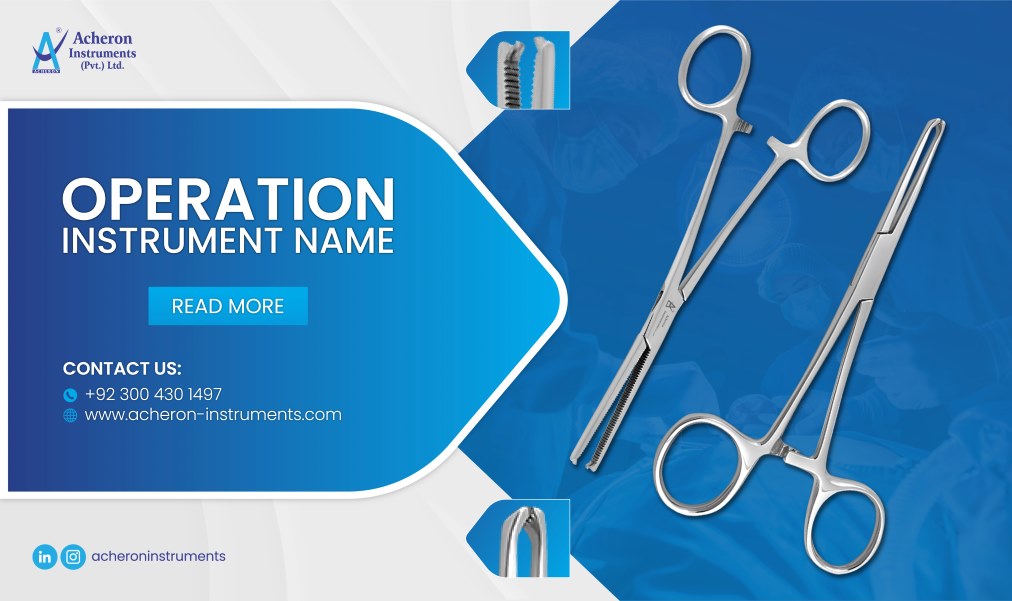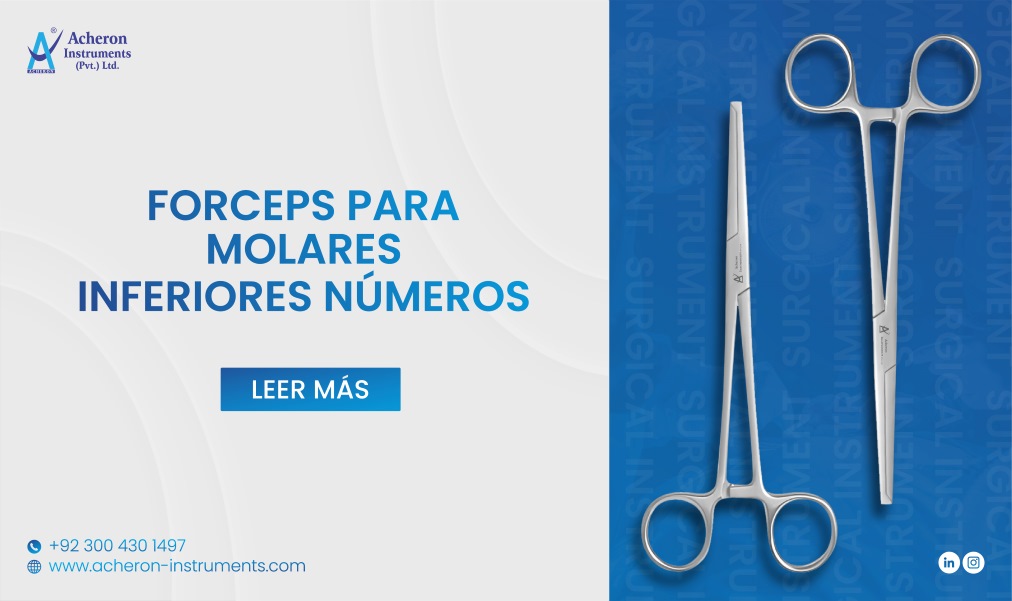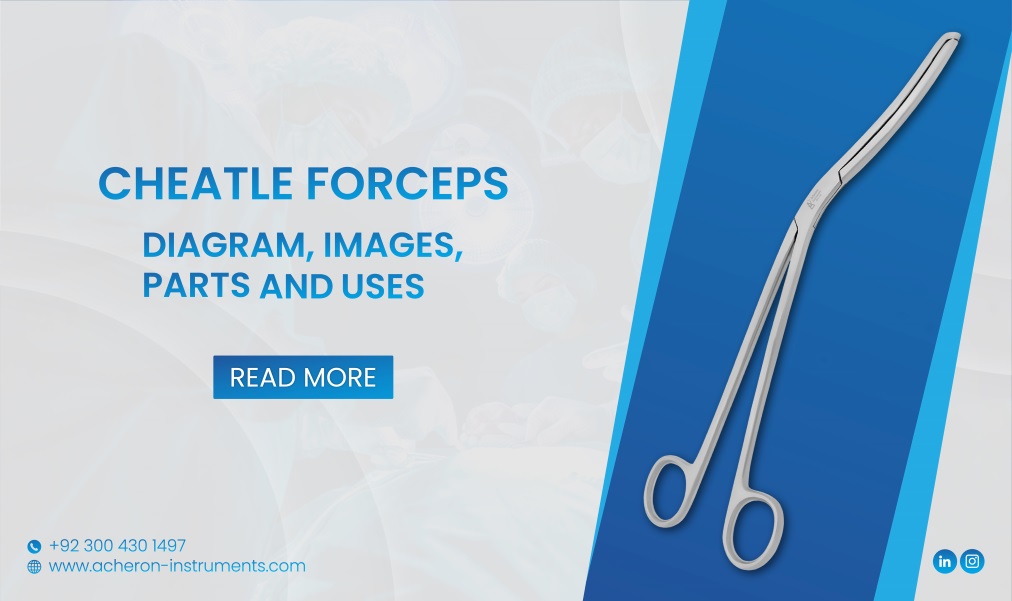
Want to know about Needle Holders Diagram? Needle holders are indispensable tools in the surgical field, playing a crucial role in suturing during various medical procedures. This guide provides an in-depth look at needle holders, including their diagrams, uses, and parts.
Diagram of a Needle Holder
A well-illustrated diagram of a needle holder showcases its various components:

- Jaws: The gripping part of the needle holder, typically textured to prevent needle slippage.
- Hinge: The pivot point that allows the jaws to open and close.
- Shank: The long, straight portion extending from the hinge to the finger rings.
- Ratchet: The locking mechanism that holds the needle securely in place.
- Finger Rings: The circular loops where the surgeon inserts their fingers to control the instrument.
Uses of Needle Holders
Needle holders are primarily used for holding needles during suturing and knot-tying in surgical procedures. Here are some of their key applications:
- Suturing Wounds: Needle holders are essential for the precise stitching of wounds, ensuring that sutures are placed accurately and securely.
- Tissue Approximation: They help in bringing tissue edges together, facilitating proper healing, and minimizing scar formation.
- Hemostasis: By holding the needle securely, needle holders aid in the placement of sutures to control bleeding during surgery.
- Microsurgery: In delicate procedures, such as ophthalmic or vascular surgeries, needle holders provide the necessary control for intricate stitching.
Parts of a Needle Holder
Understanding the parts of a needle holder is crucial for selecting the right tool and using it effectively:
Jaws:
- Serrated Jaws: Offer a better grip on the needle, preventing it from rotating or slipping.
- Smooth Jaws: Used for delicate procedures where minimal tissue trauma is required.
Hinge
- Box Lock: A robust hinge design that provides stability and strength.
- Spring Lock: A more flexible hinge used in finer needle holders for delicate procedures.
Shank
The shank provides the necessary length and leverage, varying in size depending on the surgical application.
Ratchet
The ratchet mechanism locks the needle in place, allowing the surgeon to maintain a firm grip without continuous pressure.
Finger Rings:
The finger rings are ergonomically designed to provide comfort and control, essential for precise suturing.
Selecting the Right Needle Holder
Choosing the appropriate needle holder depends on the specific surgical procedure and the type of needle used. Factors to consider include:
- Size of the Needle: Larger needles require robust needle holders with strong jaws, while smaller needles need finer holders with delicate grips.
- Type of Procedure: General surgeries might require standard needle holders, whereas specialized surgeries like microsurgery need precision instruments with smooth jaws and finer control.
- Material: High-quality stainless steel ensures durability and resistance to corrosion, essential for maintaining the tool's performance over time.
Conclusion
Needle holders are vital surgical instruments designed to enhance precision and control during suturing. Understanding their diagram uses, and parts can significantly improve their application in various surgical procedures. By selecting the right needle holder for the task, surgeons can ensure optimal outcomes and patient safety.








